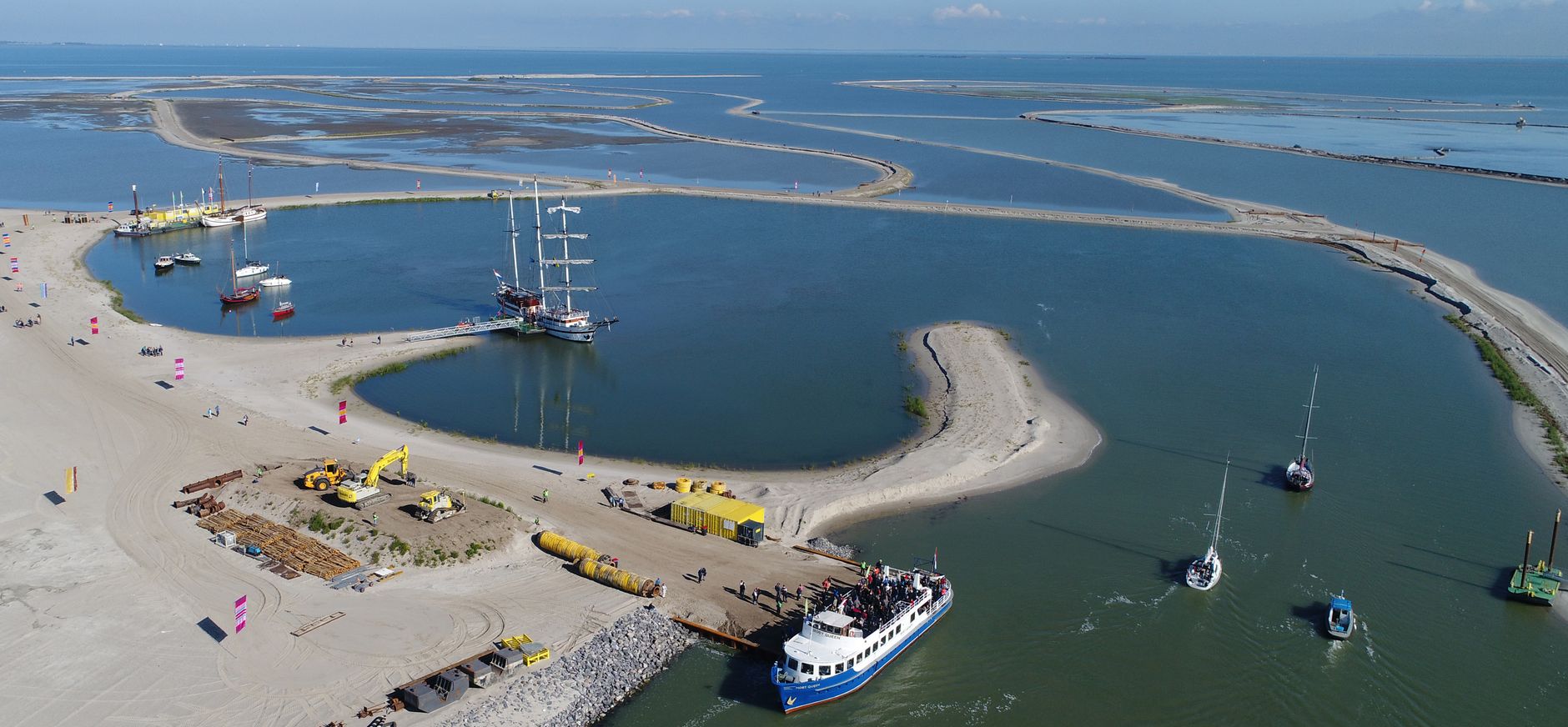Tackling the silt problem
The Marker Wadden initiative is a unique project to build a number of nature islands in the Markermeer, using the sediments that have accumulated in the lake in recent decades. These islands will provide a wide range of valuable habitats, including natural shores, mud flats, reed marshes and wind-sheltered shallow zones.

In addition to creating much needed habitat, the Marker Wadden project will also contribute to solving the silt problem in the Markermeer. The construction of the islands will reduce the amount of sediment, both on the lake floor and in the water column. This will help to restore the aquatic food chain, and increase the abundance and diversity of plants and animals (Natura 2000). The project will also have economic benefits. The islands will greatly improve the attractiveness of the Markermeer for water recreation. Furthermore, 'building with sediments' is a highly innovative technique, which can also be applied in other countries. Hence, the Marker Wadden project provides a great opportunity for the Dutch water engineering sector to showcase its expertise to the world.
Restoring the aquatic ecosystem
In The Marker Wadden project will not only create islands and natural shores, but also take measures to restore ecological processes within the lake.
The food chain of algae and plankton, aquatic invertebrates, fish and birds is suffering from the lack of clear water (light, oxygen) and the suffocating layer of silt on the lake floor. This blanket of mud will be removed around the new islands and be used to create nutrient-rich wetlands. Where the mud is removed, productivity of algae and bottom-dwelling organisms will increase. Recovering mussel populations will filter fine sediments from the water. Restoring the water quality of the Markermeer will boost productivity of the aquatic food chain from the bottom up, and will likely result in a recovery of fish populations.